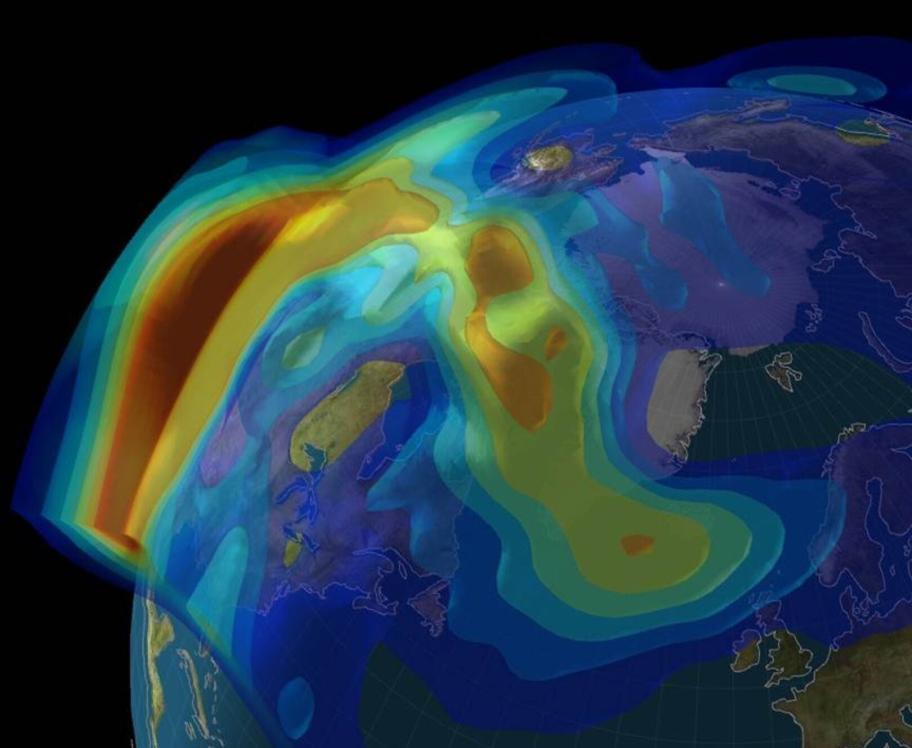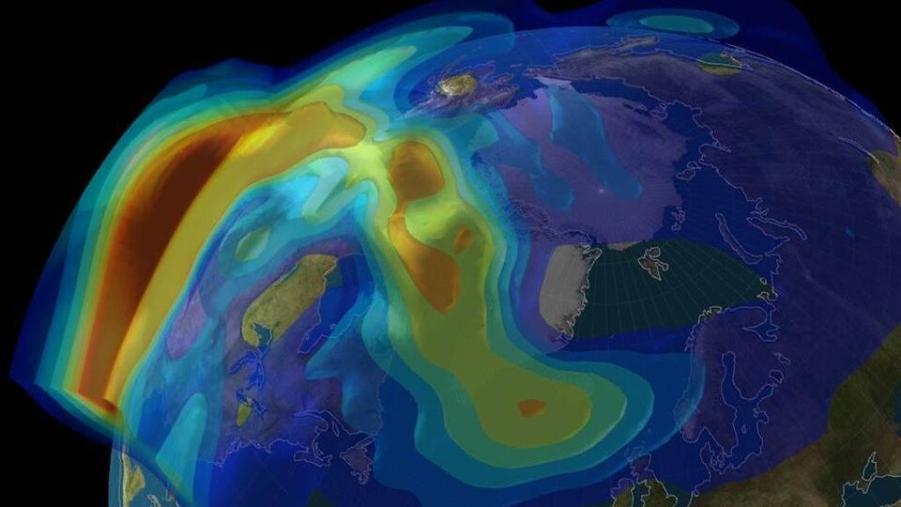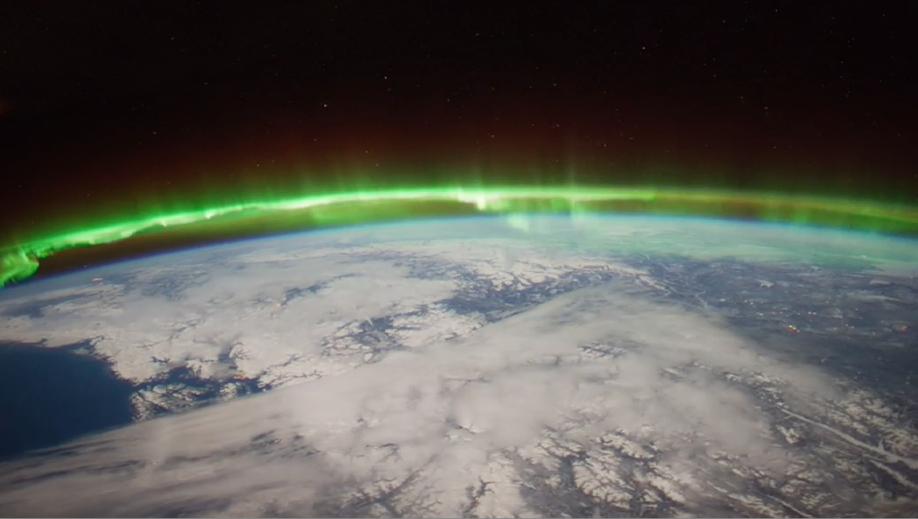How Does the Ionosphere Influence the Northern Lights? Exploring the Dynamic Relationship
The Northern Lights, also known as Aurora Borealis, are a captivating natural phenomenon that has fascinated humanity for centuries. These mesmerizing displays of light in the night sky are a result of the dynamic interaction between the ionosphere and the solar wind.

This article delves into the intricate relationship between the ionosphere and the Northern Lights, exploring how the ionosphere shapes and influences this celestial spectacle.
Understanding The Ionosphere
Defining The Ionosphere
The ionosphere is a region of Earth's atmosphere that extends from about 50 kilometers to 1000 kilometers above the surface. It is characterized by the presence of free electrons and ions, which give it unique properties and make it a vital component of Earth's dynamic space environment.
Composition And Layers Of The Ionosphere
The ionosphere is composed of different layers, each with its own characteristics:
- D Layer: The lowest layer, extending from 50 to 90 kilometers, is primarily influenced by solar radiation during the day and disappears at night.
- E Layer: Located between 90 and 150 kilometers, the E layer is responsible for reflecting radio waves, making it crucial for long-distance communication.
- F1 Layer: The F1 layer, ranging from 150 to 200 kilometers, is most prominent during the day and plays a role in radio wave propagation.
- F2 Layer: The highest and most variable layer, extending from 200 to 1000 kilometers, is responsible for reflecting high-frequency radio waves and is crucial for long-distance radio communication.
The Dynamic Relationship
Solar Wind And Geomagnetic Storms

The ionosphere is constantly influenced by the solar wind, a stream of charged particles emitted by the Sun. When these particles interact with Earth's magnetic field, they can trigger geomagnetic storms, which are characterized by disturbances in the ionosphere and magnetosphere.
Energy Transfer
During geomagnetic storms, energy is transferred from the solar wind to the ionosphere through charged particles. These particles collide with atoms and molecules in the ionosphere, causing them to become excited and emit light, resulting in the spectacular displays of the Northern Lights.
Auroral Oval Formation

The Northern Lights are primarily visible in a region known as the auroral oval, a ring-shaped area centered around the Earth's magnetic poles. This is because the charged particles from the solar wind are guided by Earth's magnetic field lines towards the poles, where they interact with the ionosphere to produce the auroral displays.
Impact Of The Ionosphere On The Northern Lights
Colors And Patterns
The colors and patterns of the Northern Lights are influenced by the composition of the ionosphere. Different gases in the ionosphere emit different colors when excited by charged particles. For example, oxygen typically produces green and red auroras, while nitrogen emits blue and purple hues.
Height And Intensity
The height and intensity of the Northern Lights are also affected by the ionosphere. The altitude of the auroral displays depends on the energy of the charged particles and the density of the ionosphere. Variations in ionospheric conditions can significantly impact the visibility and brightness of the Northern Lights.
Practical Implications
Space Weather And Earth's Systems
Understanding the ionosphere-Northern Lights relationship is crucial for space weather forecasting. Geomagnetic storms can disrupt Earth's systems, including power grids, communication networks, and satellites. Accurate predictions of these storms can help mitigate their potential impacts.
Scientific Research
The ionosphere-Northern Lights relationship is a fascinating area of scientific research. Studying this dynamic interaction provides insights into Earth's magnetic field, atmospheric dynamics, and solar-terrestrial interactions. This research contributes to our understanding of the complex processes that shape our planet's environment.
The ionosphere plays a pivotal role in shaping the Northern Lights, creating a celestial spectacle that has captivated humanity for ages. Understanding the dynamic relationship between these two phenomena is essential for space weather forecasting, scientific research, and appreciating the beauty and complexity of our planet's environment.
As we continue to explore the intricacies of the ionosphere and the Northern Lights, we gain a deeper appreciation for the interconnectedness of Earth's systems and the vastness of the universe that surrounds us.
YesNo

Leave a Reply